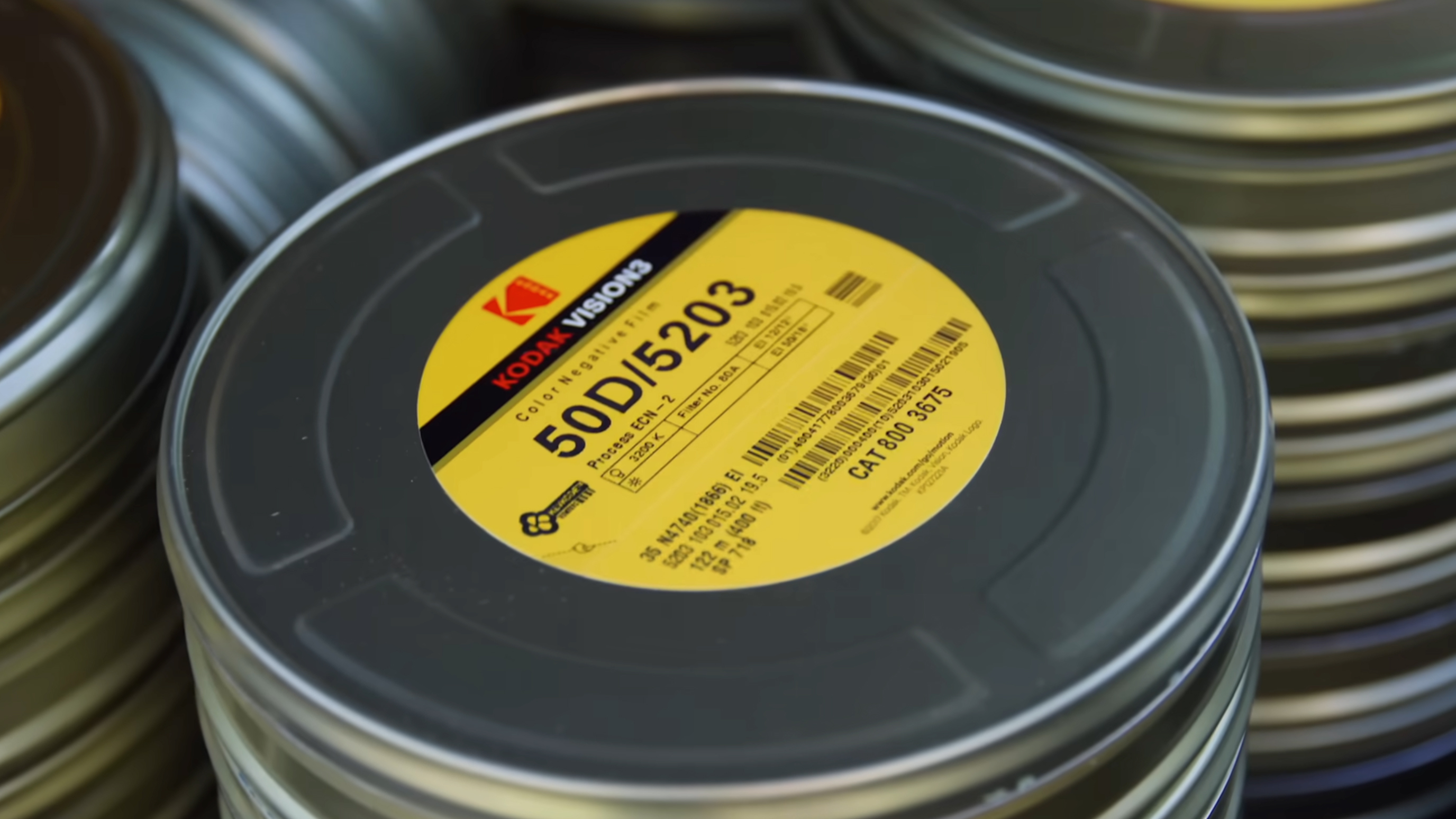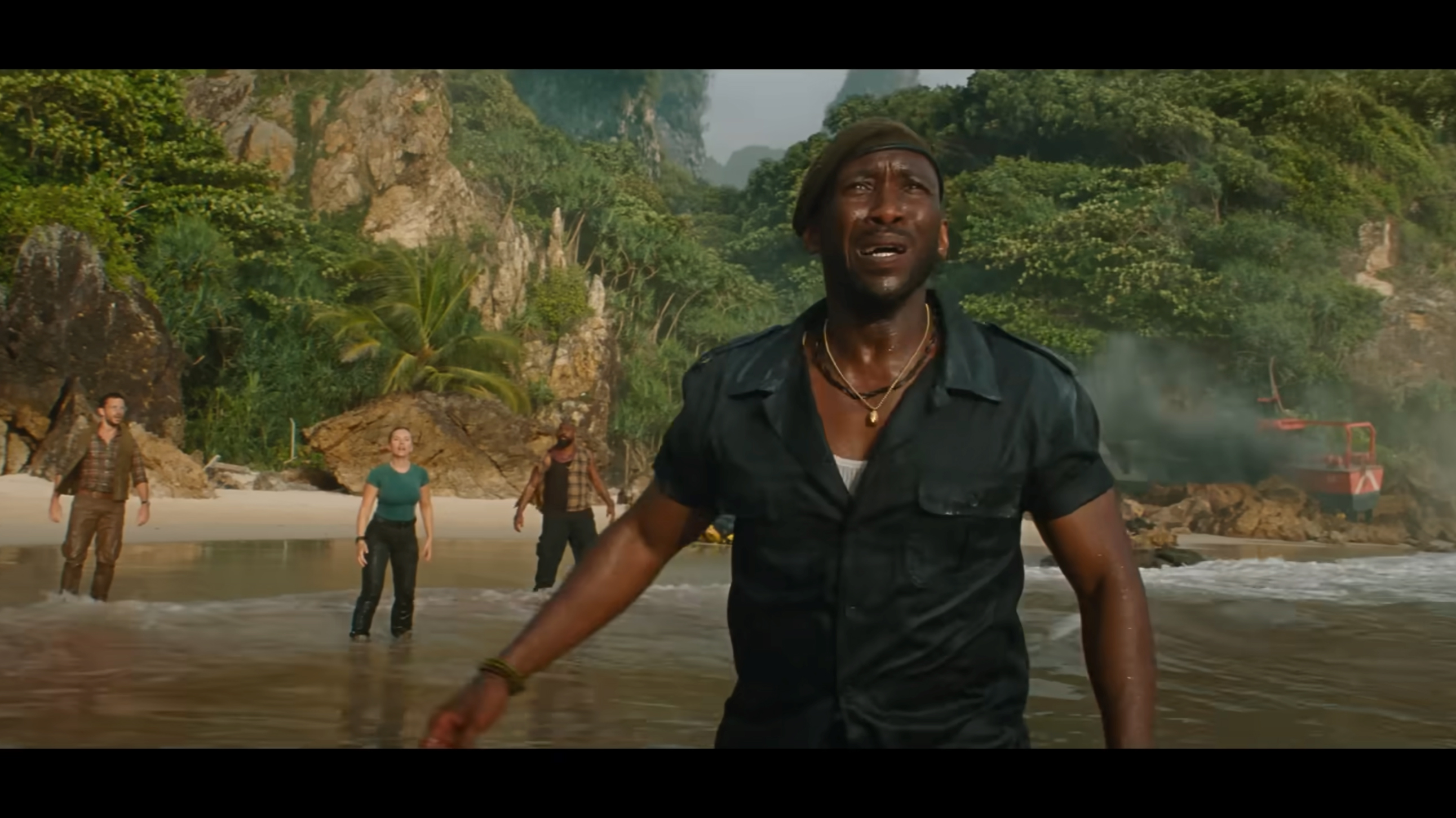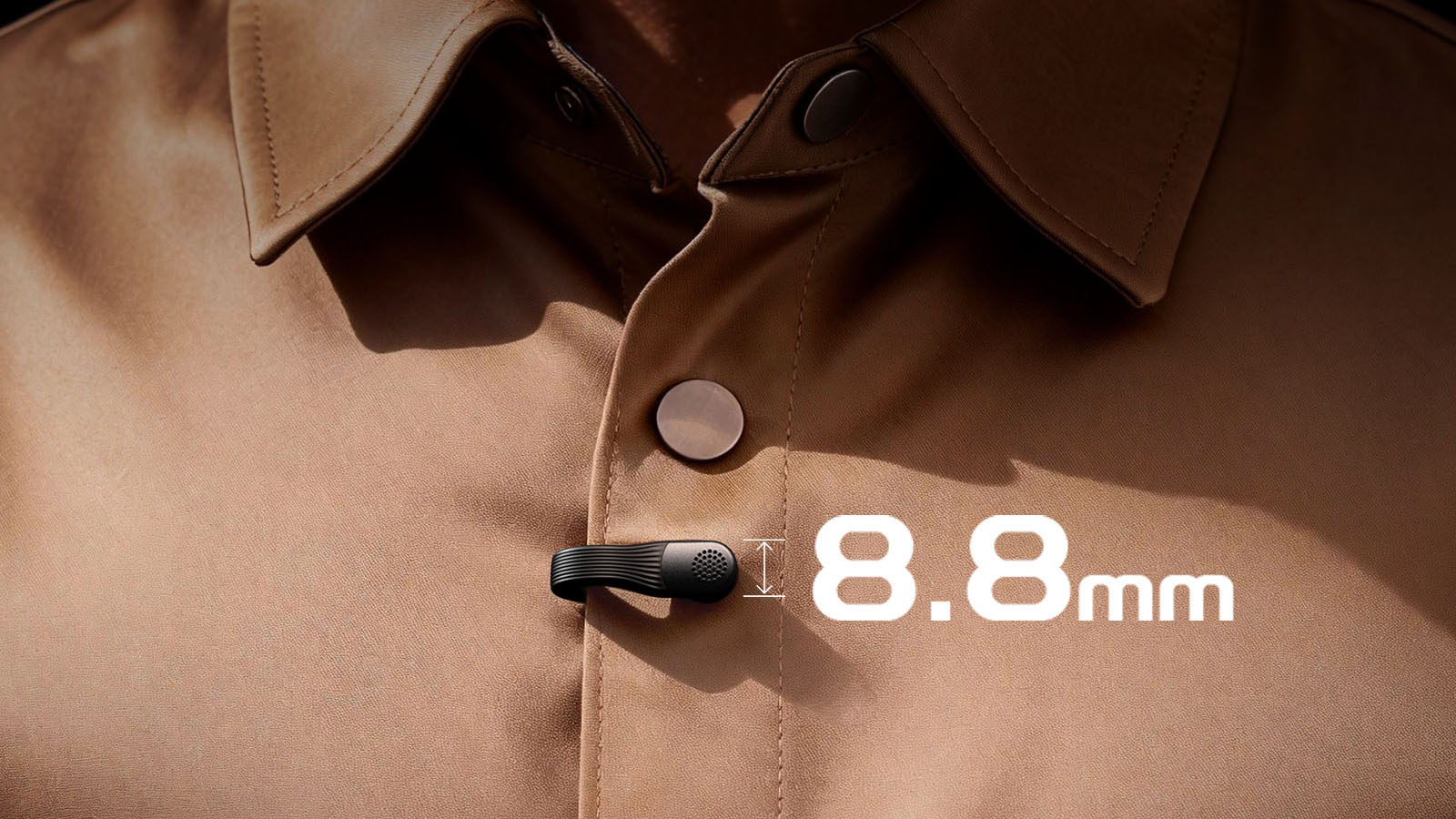Jurassic World Rebirth is a love letter to Kodak film
Director Gareth Edwards explains how shooting on film brings texture, mystery, and movie magic to the latest Jurassic epic
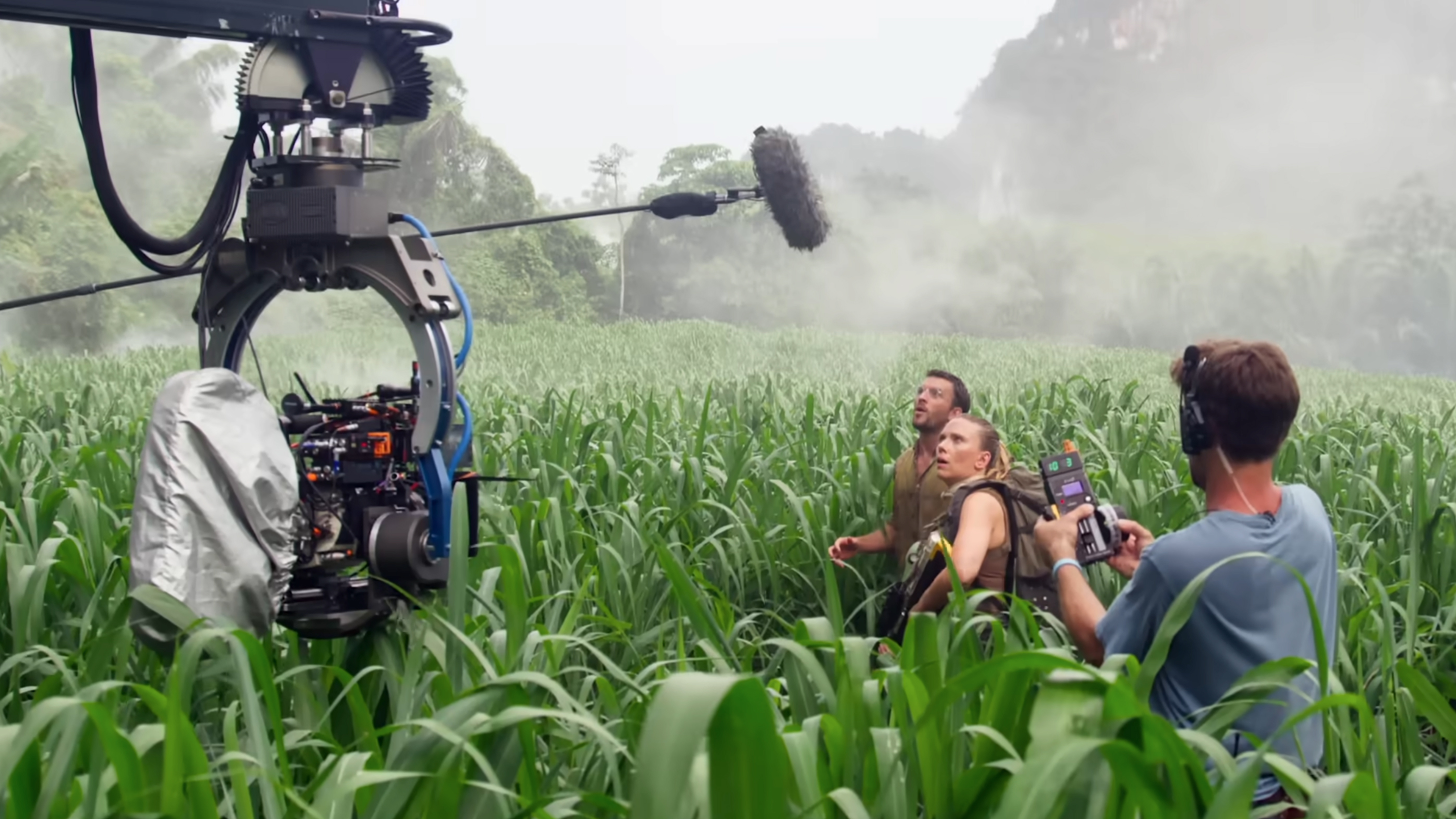
In an era dominated by digital workflows and CGI, Jurassic World Rebirth is taking a bold step back to move forward. The upcoming blockbuster is shot entirely on Kodak film, a decision that director Gareth Edwards says was key to capturing the look and feel of the movies that inspired him.
"All the films I grew up loving were shot on Kodak," says Edwards in a new behind-the-scenes video (embedded below). "So I fought really hard that we shot this on Kodak with Panavision lenses".
It’s a rare choice in today’s high-stakes tentpole filmmaking. Yet more often, when film has been the chosen medium, it has resulted in great acclaim; the Brutalist and Sinners being recent examples of films shot on Kodak film.
But for Edwards, whose past work includes Rogue One: A Star Wars Story and The Creator, the decision was rooted in emotion as much as aesthetics. "The way film stock works is it’s not a perfect representation of reality," he explains. "It’s a better version of reality".
ABOVE: Watch the behind-the-scenes video of Jurassic World Rebirth
Kodak’s film stock lends the movie a richness that’s hard to replicate digitally, especially when capturing lush jungle environments and complex VFX sequences. "The colors are more sophisticated, there's more fidelity in the colors," comments director of photography, John Mathieson. "The greens of the jungles really come through."
Shot on anamorphic lenses, the film embraces imperfections like distortion, chromatic aberration and edge softness, adding character to the footage. Not to mention that elusive grain that gives film its organic, immersive feel. These visual qualities enhance the images and also help blend digital effects, such as the dinosaurs, more seamlessly into the world.
The best camera deals, reviews, product advice, and unmissable photography news, direct to your inbox!
The Jurassic World franchise is a masterclass in VFX, and you'd be forgiven for thinking that film would be counterintuitive to the heavy VFX load. However, the filmmakers pushed for film stock because it offered the strongest foundation to build on.
"I’d rather start with a canvas, a beautiful image, and paint on top of that, says visual effects supervisor, David Vickery. "Having the film stock and the film veneer and grain and these really beautiful wide anamorphic distorted lenses to work with has been really beautiful. It's something that helped us bed the visual effects and the creatures into."
The choice signals a growing trend: big-budget filmmakers returning to analog formats to elevate their visual storytelling. And if the early footage is anything to go by, Jurassic World Rebirth might be one of the most visually textured entries in the franchise yet. I, for one, am very excited!
you may also like
Check out our guides to the best cameras for filmmaking and the best film stocks.
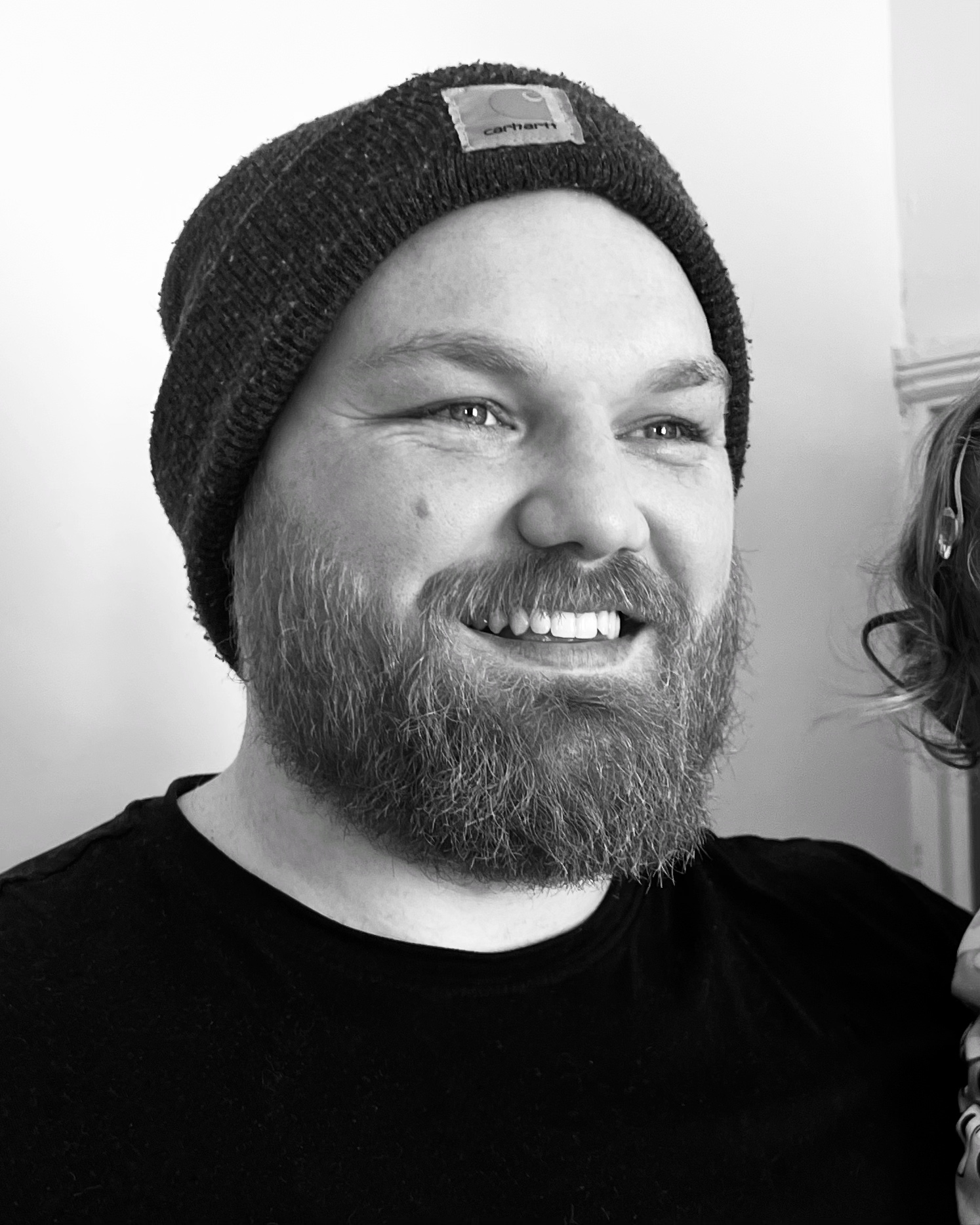
Kalum is a photographer, photo editor, and writer with over a decade of experience in visual storytelling. With a strong focus on photography books, curation, and editing, he blends a deep understanding of both contemporary and historical works.
Alongside his creative projects, Kalum writes about photography and filmmaking, interviewing industry professionals, showcasing emerging talent, and offering in-depth analysis of the art form. His work highlights the power of visual storytelling.
You must confirm your public display name before commenting
Please logout and then login again, you will then be prompted to enter your display name.

